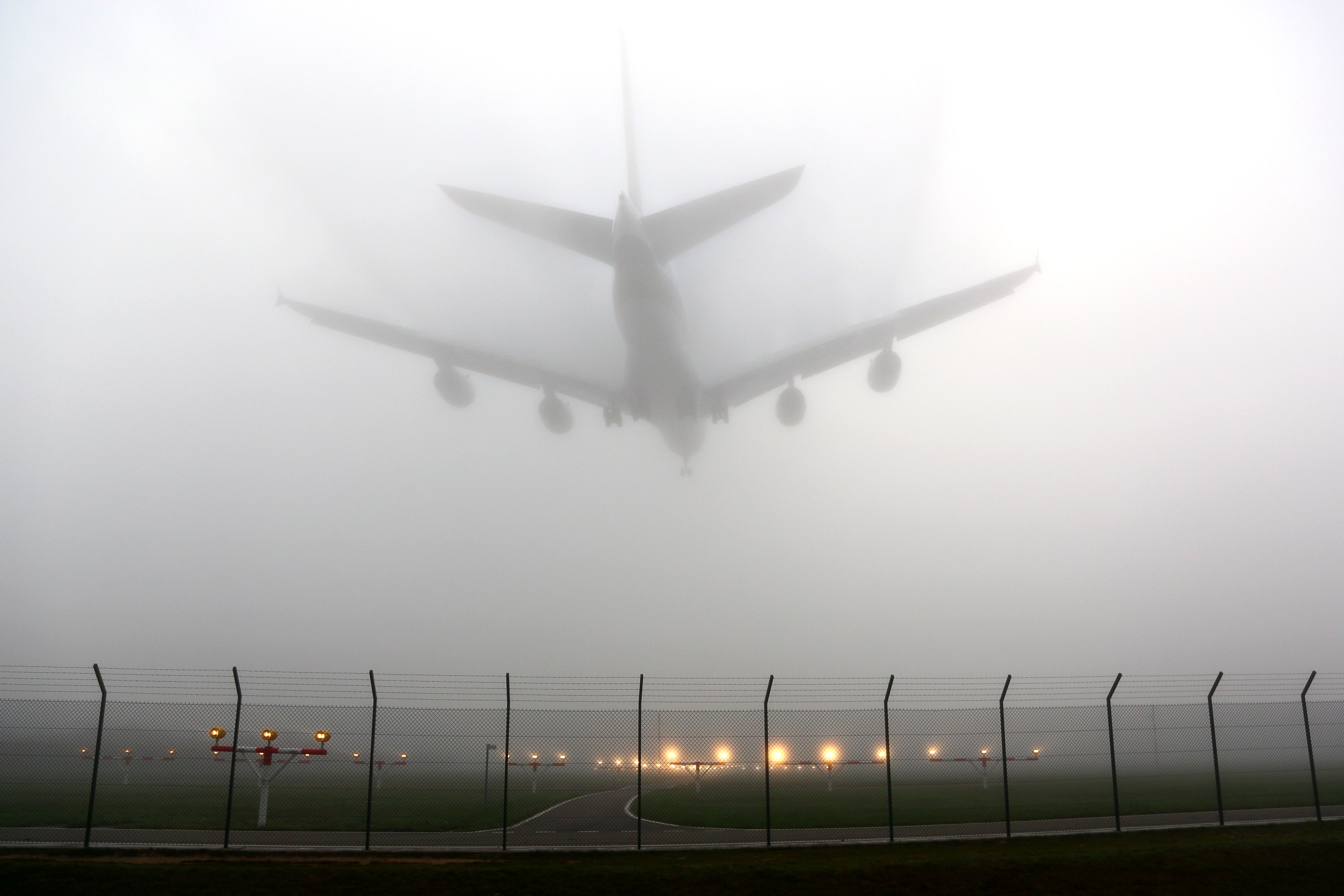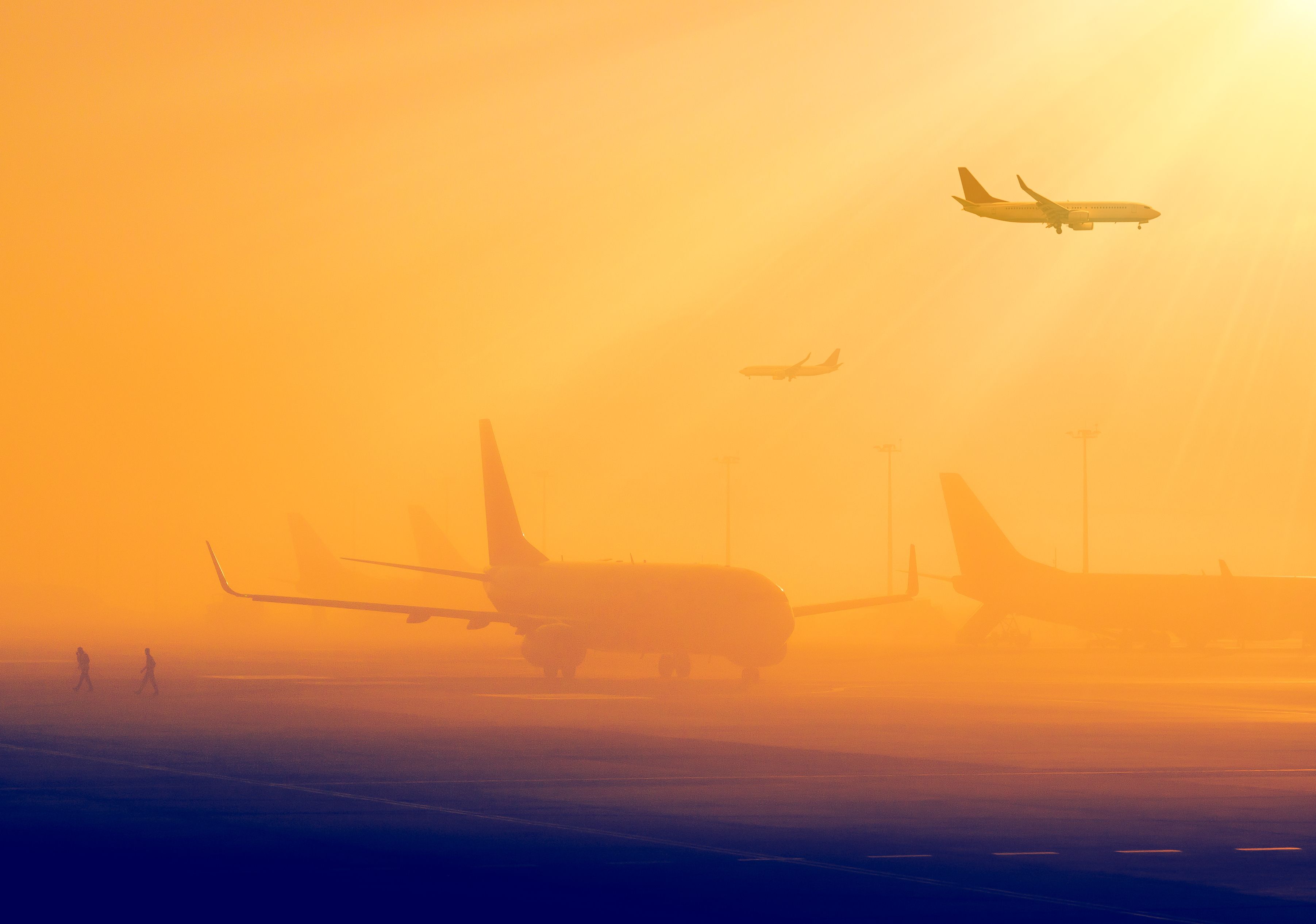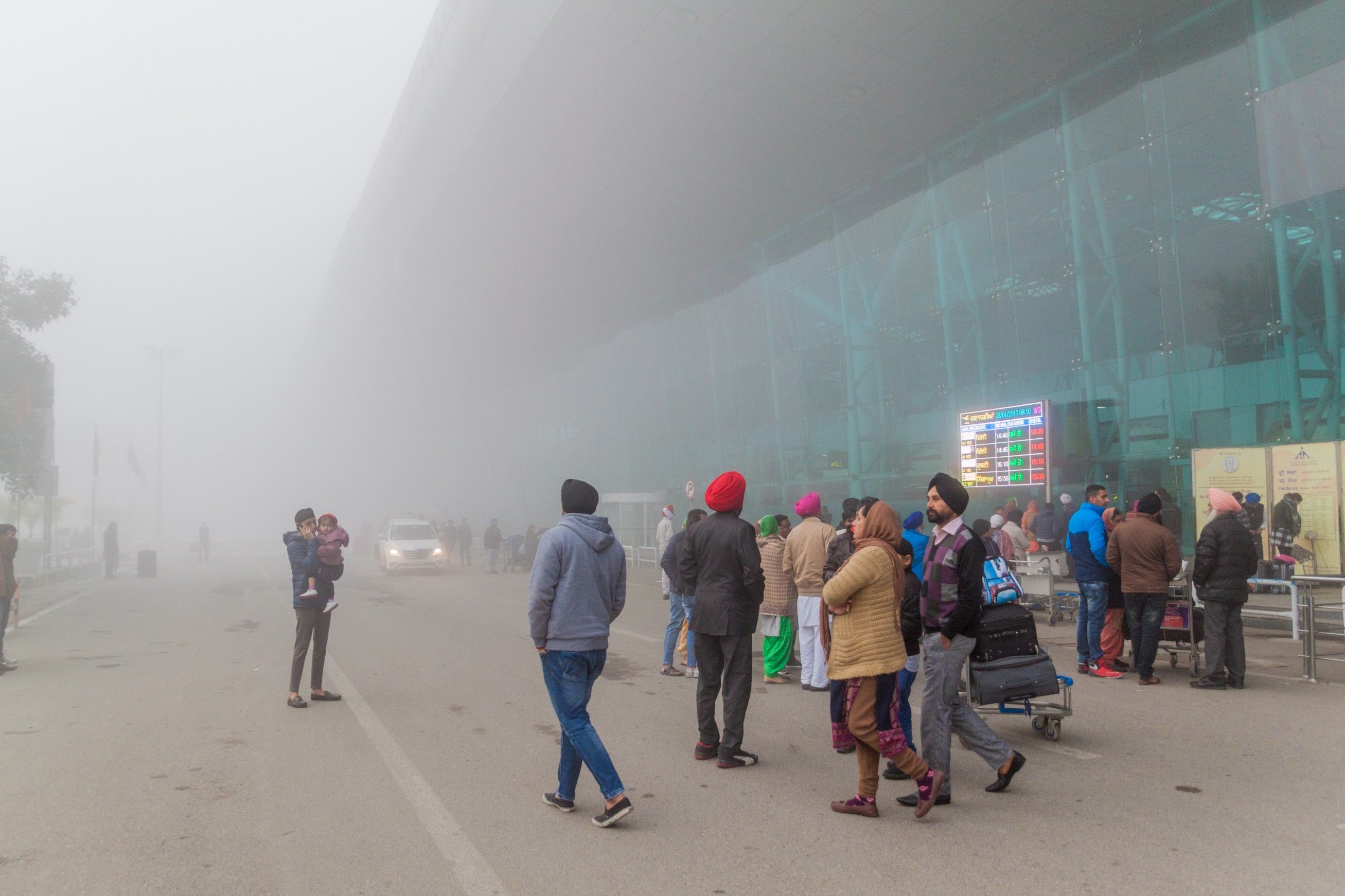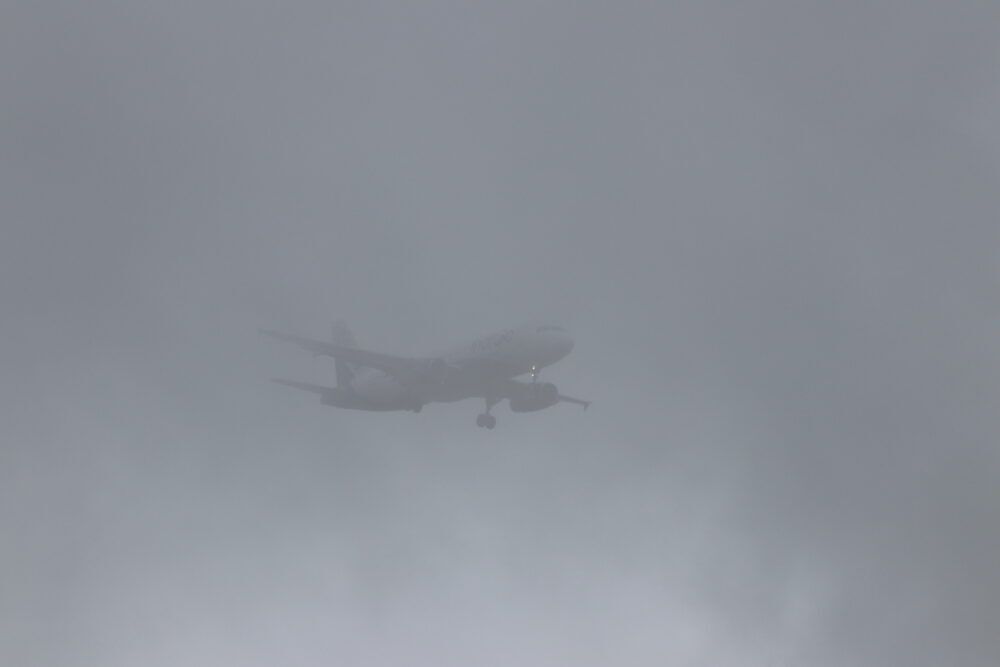If you have ever been at an airport waiting to catch a flight and the fog descends, you know that weather like that puts a significant wrench in airline operations. Every year, flights around the world suffer delays or even cancelations due to dense fog and low visibility. The risk of these conditions increases during the winter months when colder temperatures meet higher levels of humidity.
Just last month, foggy conditions caused severe delays at Delhi's Indira Gandhi International Airport. Travelers out of London Heathrow also suffered massive disruptions due to freezing and foggy weather conditions. Let's take a look at how situations like these affect airport operations.
On the ground
Under usual circumstances, air traffic control (ATC) and pilots can maneuver aircraft movements through maps and visual cues. However, when fog hits the airport and visibility drops under 600 meters (2,000 feet), airports switch to what are called Low Visibility Procedures or LVPs. These LVPs alter operations significantly to ensure more space and time on the airfield to carry out safe operations.
The most complicated part of flying during fog isn't the takeoff or landing but rather taxiing to the runway. The lack of any visuals on the airport means pilots and ATC are forced to rely on maps and limited visual-led communications.
Once planes actually begin the taxi, practices are different from standard runway holding points. Planes must go to holding points further away than usual to allow for maximum distance when taking off.
This means planes may go to holding point CAT 2 or 3 instead of a usual CAT 1, adding up to hundreds of meters more to the holding point, according to Airsight. Once the aircraft has passed the CAT 3 holding point, it is then deemed to be on the runway.
According to The Points Guy, one pilot notes that the taxi to the runway is further complicated because entering an active runway during low visibility can result in catastrophe. This is why pilots choose to completely halt their taxi and reach out to ATC even at the smallest chance of not knowing exactly where they are.
Takeoff
Once the plane successfully reaches the runway, its crew must once again assess the visibility conditions. Each aircraft type and airport have minimum visibility needed to take off, which varies at different points of the runway. Only once the plane meets the minimum visibility criteria across all points on the runway is it allowed by ATC to initiate takeoff.
Additionally, runways are also kept clear until the aircraft is airborne. This means no other planes are entering the holding point until the plane is safely in the air, which is one of the reasons for the significant delay of usual traffic flows. Once the takeoff roll begins, pilots ensure the plane is perfectly centered and monitor for anything out of the ordinary.
Landing
Landing during LVPs is a complicated task too. Since the minimum visibility needed for a manual landing is 550 meters (approx. 1,800 feet), pilots must rely on autopilot for the landing, according to Flight Deck Friend. To land where there is low visibility, airports have to have high-level ILS (instrument landing systems) to connect to the aircraft during thick fog.
Once ATC clears for landing, pilots turn on autoland to align with the runway and complete the touchdown while intently watching the system to ensure everything is going well (which is reportedly more tiring than landing the plane manually). Pilots only retake control once the plane lands and the taxi to the terminal begins.
Like takeoff, the runway is kept empty until the landing aircraft clears the runways and is taxiing, once again slowing down operations.
Overall, operations during low visibility can be extremely difficult for airports and flights. The high risk means strict rules are in place, slowing down traffic considerably. Luckily, all pilots and ATC routinely train for LVPs, ensuring they can safely fly even in the worst visibility.
The world's foggiest airport is located, perhaps somewhat surprisingly, in California. Arcata-Eureka Airport sees so many foggy days that the US Navy uses it to test its defogging systems and for all-weather training.
Have you ever had your flight slowed down due to fog? Are you a pilot who has flown during LVPs? Let us know your thoughts in the comments!
Source: Airsight, The Points Guy, Flight Deck Friend




